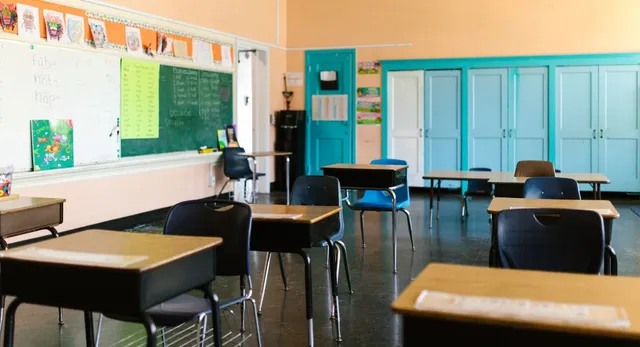- By Kamakshi Bishnoi
- Fri, 16 May 2025 12:11 PM (IST)
- Source:JND
In a bid to curb student absenteeism and reduce the dropout rate in council schools, the Uttar Pradesh government has issued strict directives for identifying and supporting students at risk of leaving school. The move aims to ensure consistent attendance among children aged 6 to 14 and improve their academic performance.
According to a government order issued by Additional Chief Secretary Deepak Kumar to all District Magistrates, students who remain absent for prolonged periods will be closely monitored. Special classes will be conducted for such students, and their parents will undergo counseling sessions to ensure the child’s return to school.
The government has also revised the definition of “out-of-school” children. Under the new criteria, any child who has never been enrolled in school, has remained absent for more than 30 consecutive days, and has scored below 35 percent in examinations will be considered a dropout.
READ MORE: UP Govt Approves Rs 280 Crore For School Bags, Aims To Ensure Timely Aid For Classes 1-8
Attendance Guidelines For Government Schools:
-If a student remains absent for three consecutive days without a valid reason, a call team will visit the child’s home, and the concerned teacher will make efforts to bring the student back.
-For absences extending beyond six days, the school principal will personally visit the student's home and ensure regular follow-up until the child rejoins.
-If a student misses more than six days in a month, ten days in a quarter, or fifteen days in six months, the parents will be counseled during parent-teacher meetings, and extra classes will be organised to cover the academic gap.
Students absent for over 21 days in nine months or more than 30 days in a full academic session will be classified as "most likely to drop out." If they also score below 35 percent, they will be officially marked as dropouts and enrolled in special training programs.
All District Magistrates have been instructed to strictly implement these guidelines to ensure that no child is left behind in their educational journey.

